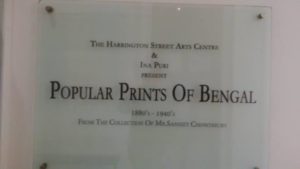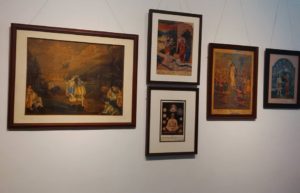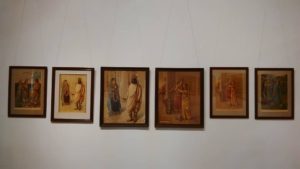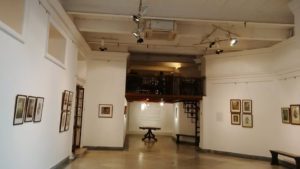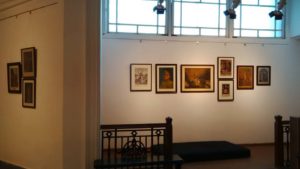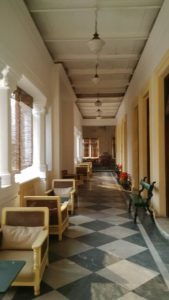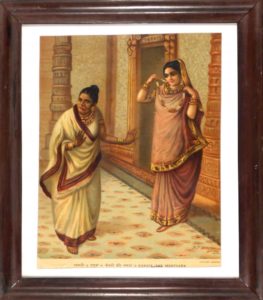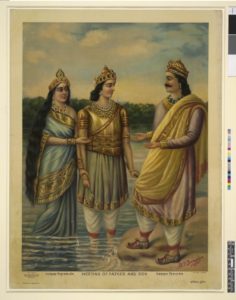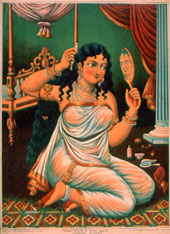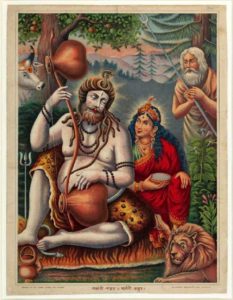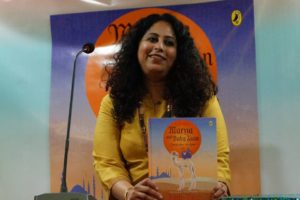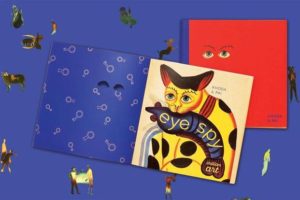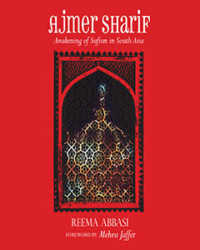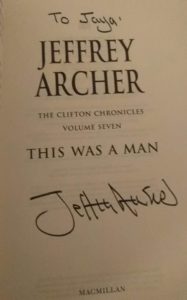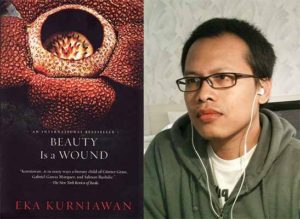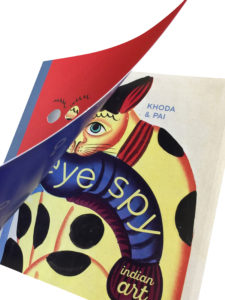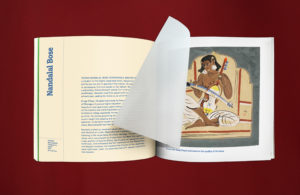Interview with Pakistani Author Bilal Tanweer on his recent translation of the classic “Love in Chakiwara”
( This interview was first published in Bookwitty on 7 January 2017. The book has been published by Pan Macmillan India. )
Muhammad Khalid Akhtar (1920–2002), modern Urdu literature’s great master, worked as an electrical engineer in Karachi and began writing while still in service. He was a prolific writer whose oeuvre consisted of novels, short stories, essays, reviews, parodies and travelogues. His short story Khoya hua ufaq (written in 1943) was published by noted writer Saadat Hasan Manto in 1953. He is also known for his translations into Urdu of Alice in Wonderland and Alice through the Looking Glass. He was awarded the Aalmi Farogh-e Urdu Award for lifetime achievement by Majlis Farogh-e-Adab, Doha. Although he is known as an Urdu writer, Dawn newspaper published an article in which in a letter to his friend Mohammad Kazim dated July 11, 1954, when Khalid Akhtar was in his mid-30s, he wrote ‘Urdu is my darling, but after so many years, I have yet to learn the craft of using it properly. My vocabulary is limited. Even today the thought comes in English and has to be delivered in Urdu. I have to make a conscious effort to convey an idea in Urdu. Every sentence is an effort, an agony.’
According to well-known Pakistani writer, Musharraf Ali Farooqi, Khalid Akhtar’s earliest writings were parodies written in English. When they first met, Farooqi was 24 and Khalid Akhtar 72. Khalid Akhtar quietly began to mentor Farooqi by encouraging him to read and lending him books from his personal library and later being his first reader/critic. Farooqi recalled that Khalid Akhtar “mentioned to me that some well-meaning people who had read my Urdu prose, and knowing of his influence with me, had suggested to him that he should persuade me to write in Urdu. I told him that I had decided to write in English because most of the fiction I read was either originally written in English, or was translated into it, and when I thought of writing something it became difficult not to think in the language I read all the time. He knew the problem and told me that his first writings were in English too, but persuaded by friends to write in Urdu, he gave up writing in English.”
Nearly fifty years after Chakiwara main Visal (1964) was published, the English translation along with three other stories, The Smiling Buddha, The Love Meter and The Downfall of Seth Tanwari, based in Chakiwara, a Karachi neighbourhood, was just published by PanMacmillan India as Love in Chakiwara and other misadventures. The smooth translation of these stories from Urdu to English is by noted Pakistani writer Bilal Tanweer. In the title story (which is more a novella), Love in Chakiwara, the writing is reminiscent of Jonathan Swift’s satirical wit. Oddly enough, Swift’s humorous writing style perfected to an art form a few centuries earlier is a befitting literary technique used by Khalid Akhtar when recreating the sights, sounds and conversations of a Karachi neighbourhood. The credit for these stories in pitch perfect English translation, seemingly Swiftian, most definitely goes to Bilal Tanweer who labored long and hard with this collection of stories.
Tanweer teaches creative writing at Lahore University of Management Sciences. His short stories, essays, and poetry have been published by Granta, Critical Muslim, Life’s Too Short Literary Review: New Writing From Pakistan, Vallum, Dawn, The Express Tribune, The News on Sunday, and The Caravan (India); his translations from the Urdu have appeared in Words Without Borders and The Annual of Urdu Studies. In 2010 he received the PEN Translation Fund Grant for Chakiwara chronicles; in 2011 he was selected as a Granta New Voice.
Following are excerpts of an interview conducted with Bilal Tanweer.

Why did you select Chakiwara main Visal to translate? Which of the stories included in this collection did you enjoy translating the most?
Credit goes to [noted Pakistani writer] Musharraf Ali Farooqi who recommended that I read the book and take on the project. I translated an excerpt from another story by Muhammad Khalid Akhtar, which was published in Words Without Borders, and received a positive response from the readers. That encouraged me to undertake a longer project, which has taken some six years.
How many times did you read the original story in Urdu before you began the translation?
During my last translation project, I realized that the translated text becomes choppy and loses its flow if you continually pause to look up words. So now I begin by reading the whole text first to get a sense of the tonality of the text. Then I read the chapter which I have to translate, underlining all the words that are confusing to me, or that could be translated several ways. Then I look up unknown or confusing words. I also try to find solutions for words whose translation could be difficult or tricky. Once all this is done, I begin translating. I try to work quickly without taking too many breaks; it really helps preserve the flow of the text.
What is your translation routine? Do the methodologies of writing and revising differ considerably between translated literature and original fiction?
Yes, they do. With translation you are focusing mostly on language. So revisions are limited to make the best linguistic choices. With writing, everything is up for revision.
When and why did you venture into translations?
I was a student in New York living on a slim stipend when I saw an advertisement for a $5000 translation prize. I thought I should have a crack at it. I did not win the prize but I realized translating was a lot of fun—much more than I had imagined. So I carried on.
Urdu literature is known for its rich embellishments and exaggerated descriptions. Are these easily translated into English?
Usually these poetic flourishes are not easy to translate. These were particularly a problem in my last project of Ibn-e Safi’s work where prose is playful, and contains many allusions from Urdu poetry. With Khalid Akhtar, the problem did not arise because he writes in a more “urban” prose where the use of poetic exaggerations are ironic, which can be communicated to the reader.
Fictional landscapes such as Thomas Hardy’s Wessex and R K Narayan’s Malgudi become permanent fixtures in a reader’s mind. Muhammad Khalid Akhtar’s Chakiwara is similar. As a novelist yourself would you ever consider creating such a landscape and use it consistently in your fiction? What are the pros and cons of doing so?
I am a strong believer in the dictum that great fiction is fiction of place. Great writing emerges from deep engagement with specific places, and Chakiwara is no exception to this.
14 February 2017


